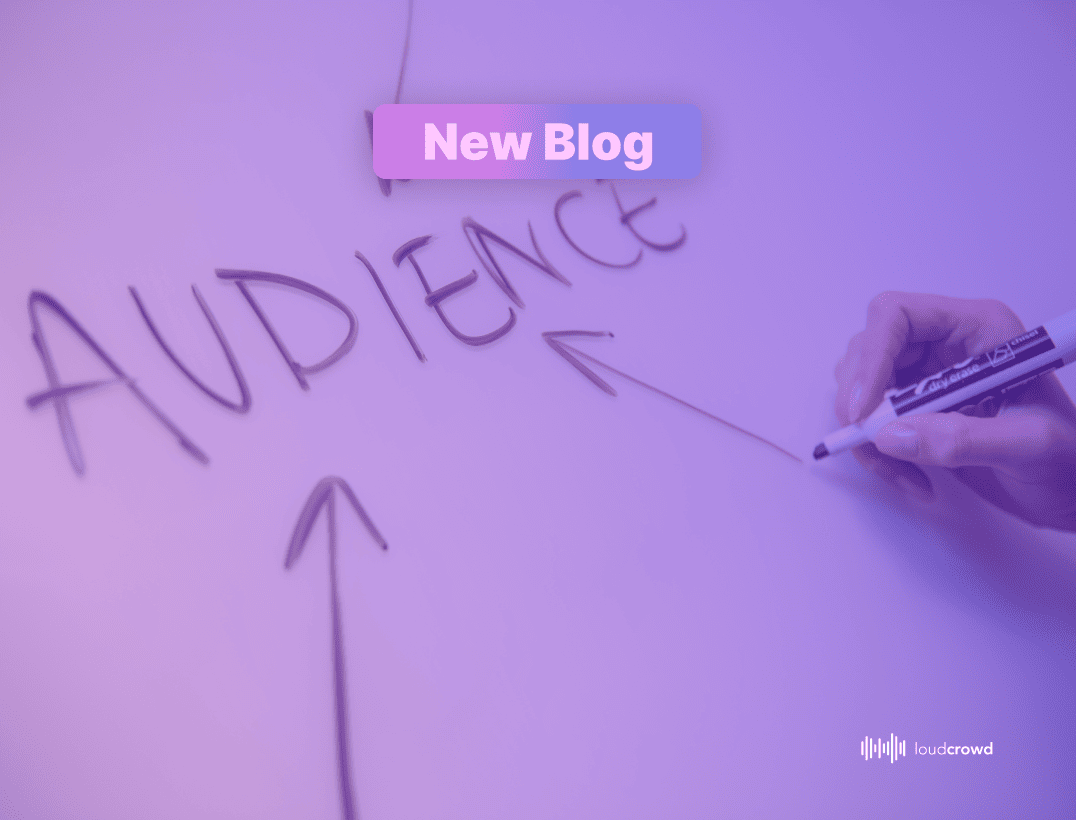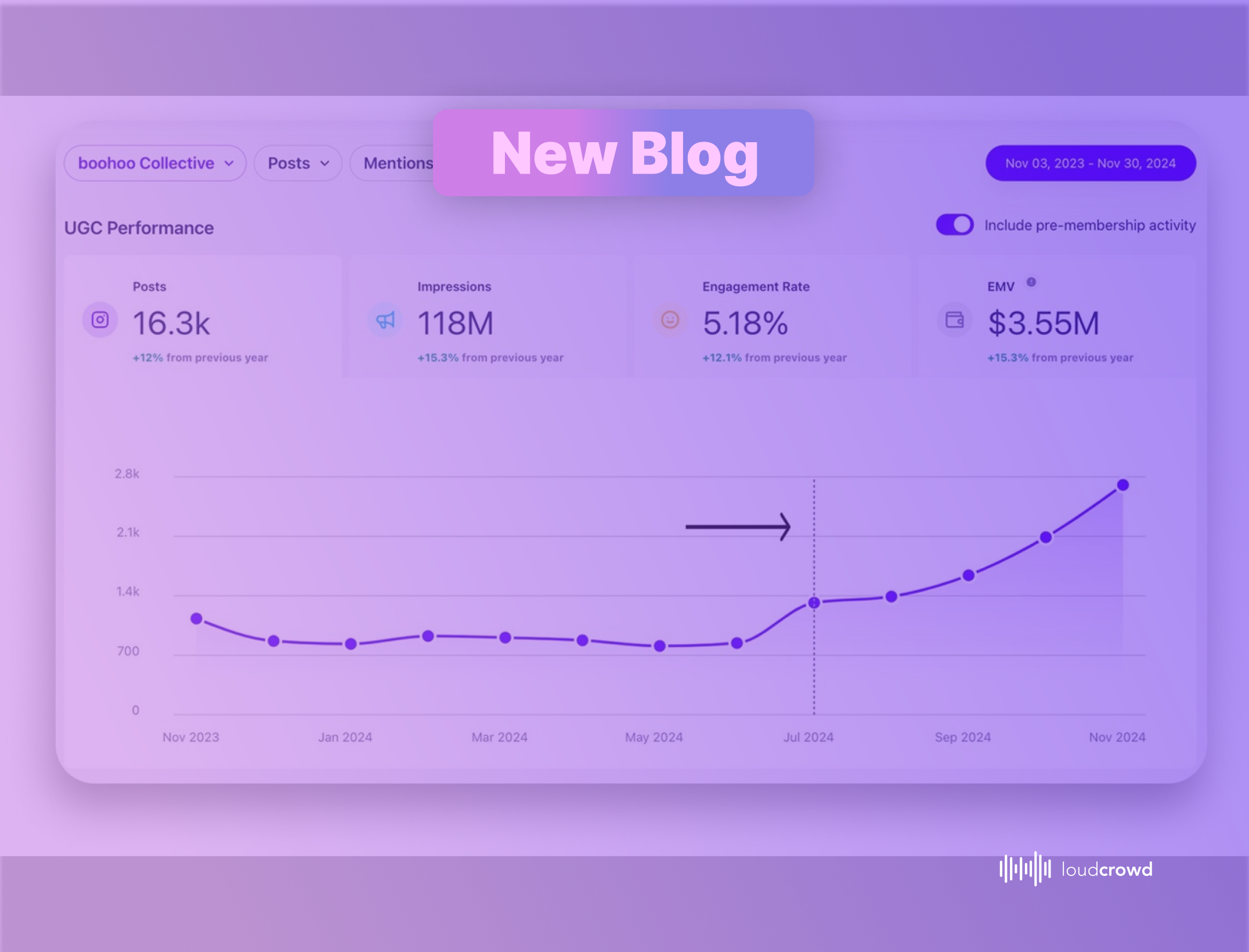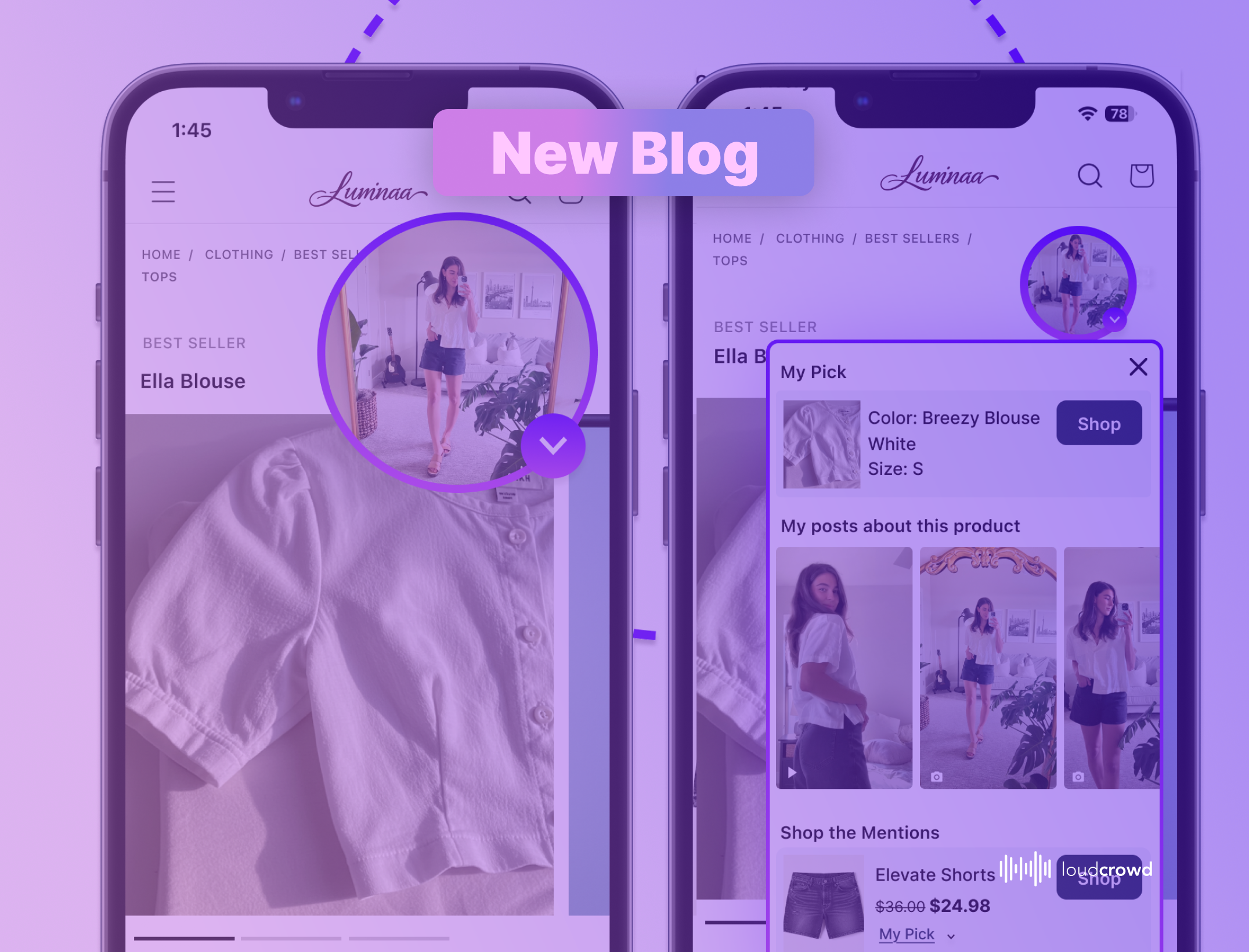Here are the top 6 Instagram target audiences that you should be managing as part of your Instagram strategy to create a strong community
Marketing teams think about their Instagram target audience and customers in terms of segments. Who are my most valuable 10% of customers? Which customers have recently purchased? How many people are in the 18-24 demographic?
Whether it’s for email marketing, targeting ads, or designing products, they are constantly thinking about their Instagram target audience.
So why do brands forget about the concept of segmentation when it comes to their social audience?
It’s absolutely critical to build an Instagram segmentation strategy to maximize your engagement and build a strong community. You can’t treat celebrities the same as high school students, and you can’t treat new fans and customers the same as your diehard brand advocates. Failing to segment effectively will result in your team focusing on the wrong people / UGC, and missing big opportunities for engagement.
To help you build your target Instagram audience strategy, we’ll start with some segments you’ve probably created without even realizing it. Then we’ll move on to segments that the strongest brands in the business have deployed to increase engagement from their audience For each segment, we’ll discuss:
- Who’s in the segment?
- How do you engage with that segment?
The top 6 segments your Instagram team should be focusing on:
1. Affiliates
Without realizing it, many brands have already begun to segment their Instagram community since they work with affiliates. If you have a list of affiliates, you’ve created your first segment, and at least part of the strategy for how to manage them.
Who’s in this segment?
Most brands with affiliate marketing programs have approved or invited a group of people (anywhere from 100 to 5000) to be affiliates. These customers tend to be bloggers, professionals, micro-influencers, or professional affiliates that create a lot of UGC and have a reasonably strong social following.
How do you engage with this segment?
Once again, you probably already have standard communication to your affiliates when they join the network. You already send them commissions on their sales, and maybe you have a monthly newsletter. For most brands, the problem is that 90% of their affiliates are not active. To improve engagement within this segment, we encourage offering additional incentives to this highly transactional segment.
- Communication. Send out frequent (at least monthly) communication creating excitement and engagement
- Campaigns and competitions. Strengthen existing commission structure with periodic competitions and campaigns.
- Offer “content-based” incentives that will get affiliates excited about creating content. This reduces their risk of their audience not using their link or code.
2. Superfans
Almost every brand has a group of customers that is simply more engaged than everyone else. The create a disproportionately high percentage of UGC. The top 1% of your brand advocates typically create 15-20% of a brand’s content. Many times, they have 10x the LTV of a normal customer. These customers are absolutely critical for growing your brand, and they need to be treated in an incredibly personalized manner.
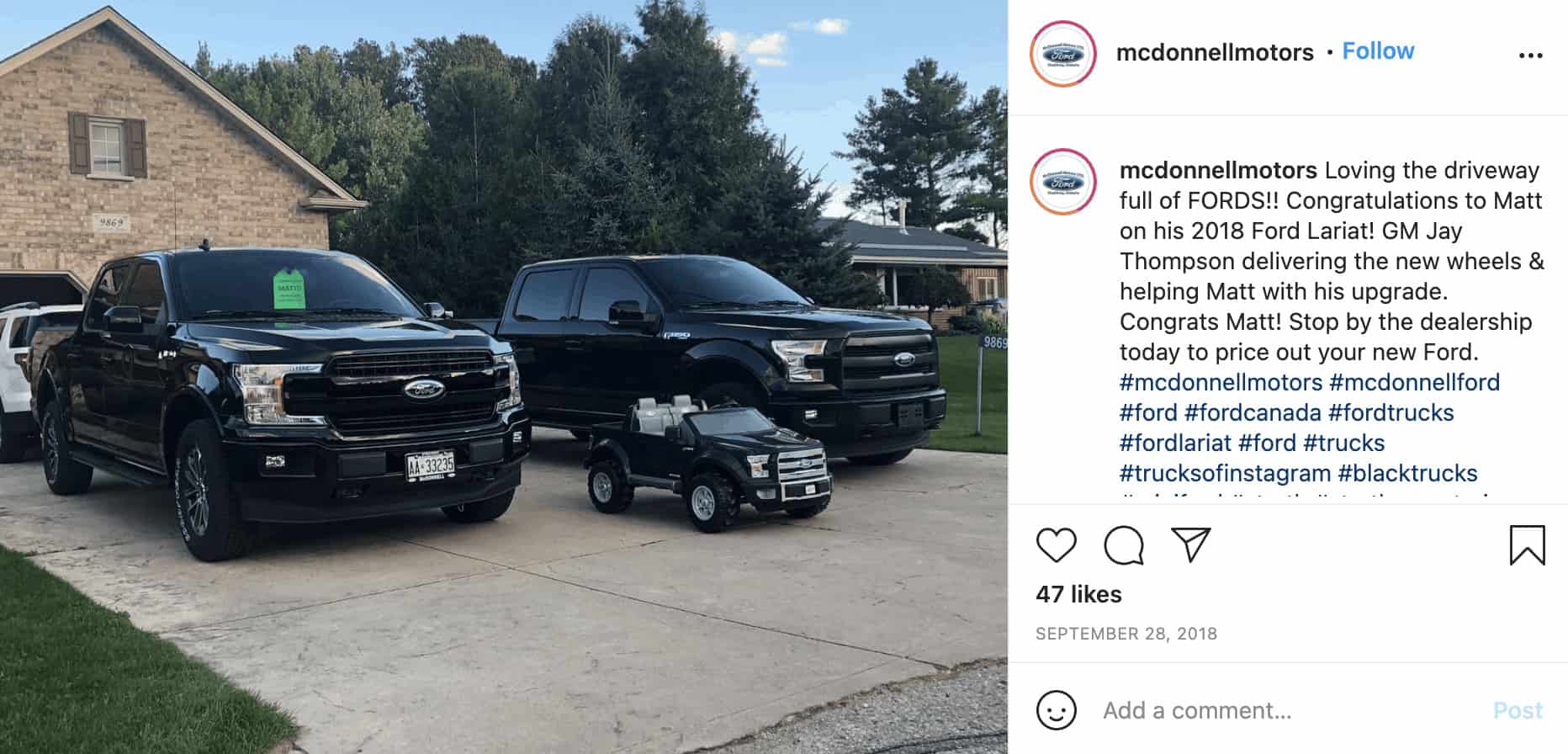
Who’s in this segment?
For smaller brands, identify the top 2-5% of your social creators. For larger brands, the top 1% (or less) is sufficient. Use metrics like total posts, engagement rate, and impressions. Then curate the list to make sure everyone’s content aligns with the brand.
How do you engage with this segment?
This segment is all about recognition. They invest a lot in your brand, so show them that you notice and you value them.
- 100% engagement. Like and comment ALL of their photos that mention your brand. If they are creating 20x the UGC, we need to make sure they feel noticed.
- Features. Feature their photos in stories as much as much as possible (target once every 3 months for each Superfan). Even if they are not “feed-worthy”, featuring is the single most important thing you can do to keep your customer engaged. They will typically post 80% more after they’ve been featured, and it’s the ultimate compliment.
- Gifts. Whether it’s the occasional PR box, new product, or simply a discount for future purchases, sending Superfans a gift is another extremely powerful way to make sure they don’t stop engaging.
3. New Customers / Creators
Your customers’ first experience with the brand is their most important. Particularly in the digital age where consumers show less brand loyalty and products are more commoditized, you must engage them on a deeper level if you want to retain them. That means it’s critically important to identify the first time someone engages with you on Instagram.
Your customers will tag you 80% more after you feature them in a story.
loudcrowd meta-analysis (2020 data)
Who’s in this segment?
Customers that have engaged with the brand for the first time within the last week.
How do you engage with this segment?
Similar to Superfans, we want to make a strong impression with people that have engaged with us (tagged, mentioned, commented) for the first time.
- Discounts. We recommend sending a discount code to every single high-value person who tags or mentions you for the first time. It’s a unique experience, it encourages a second post AND purchase, and it shows that you really value your community. Depending on your brand’s AOV, we recommend 10-50%. It’s OK to lose margin on your next purchase to create a lifelong fan.
- Reply to comments. If their first engagement was a comment, comment back. This is another important signal to the customer that you are paying attention, and hopefully will get them to create UGC in the future.
4. Product / Vertical / Location Segments (Qualitative)
Do you have clear divisions in your audience or product lines? Offerings for athletes and gamers? Moms and daughters? Europeans and the Americans? Segmenting your audience by people who create different types of content can help you focus your efforts for content campaigns and product launches. Start very general. You’d rather really use 3 product / vertical segments than have 20 that you don’t use. A really simple example of this would be @Petco who has cats and dogs or @Ryderwear who creates four international regions.
Who’s in this segment?
Your top 10 creators in each segment. They can overlap with segments such as “Superfans”, “Affiliates”, etc.
How do you engage with this segment?
Because these are your top creators in a particular segment, you probably already engage with them frequently. For product / vertical segments, just focus on specific campaigns.
- Product Launches. If you are launching a new product to a particular segment, send them early access or the actual product itself to encourage contact in time for a product launch.
- Campaigns. Running a promotion or a contest this month? We want to get the right creators generating buzz around the right campaigns. Engage with your top 10 around a particular field to ensure the success of the campaign.
- Feedback. If these are your most valuable customers in a particular product, vertical, or area… you should be collaborating with them outside of just marketing. Get product feedback and start a dialogue over DM or email.
5. Professional Segments and Partners
Do you have re-sellers? Members of the media that cover you? Stylists who use your products on many customers? You need to treat these relationships differently than your normal customers. These relationships are particularly important, because these are subject matter experts in different areas. They have authority, and usually strong followings.
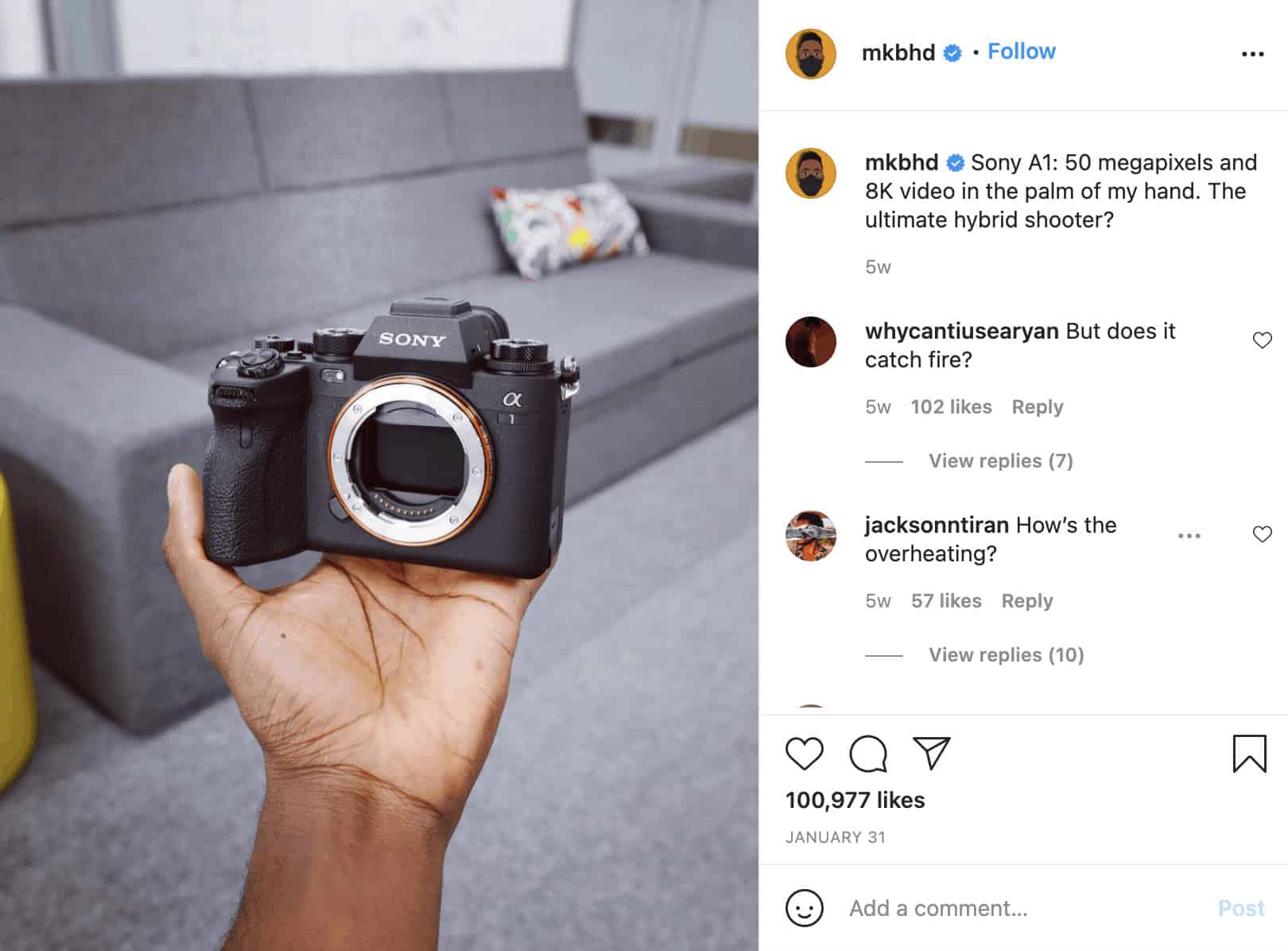
Who’s in this segment?
For beauty clients, salons and stylists. For sports, media members and athletes. For all brands, your resellers, retailers, and bloggers.
How do you engage with this Instagram target audience?
You probably already have a press / media / reseller strategy. It just needs to carry over to social media. Create segments of all of these users so you’re prepared to engage when they create UGC.
- Feature. Highlight positive reviews and posts. Just like our most valuable customers, these are important accounts and we not only want to highlight their “validation”, but also get them exposure to our audience.
- Engage and create visibility. If a professional creates positive content, we definitely want to focus on commenting, liking, and featuring. We also need to identify and potentially react to unflattering content. It’s critical that the social team is aware anytime a professional partner creates content.
6. Brand Ambassadors
We often get the question, what’s the difference between brand ambassadors and Superfans? The difference is in how we manage them, and somebody can be both. Typically, brand ambassador programs are focused on creating specific outcomes from their most engaged Superfans / advocates. An ambassador program gives people specific targets and expectations, whereas a Superfan is just a really loyal fan. Because they have focus on creating specific outcomes, brand ambassadors also typically have to meet certain criteria like minimum follower counts, engagement rates, etc.
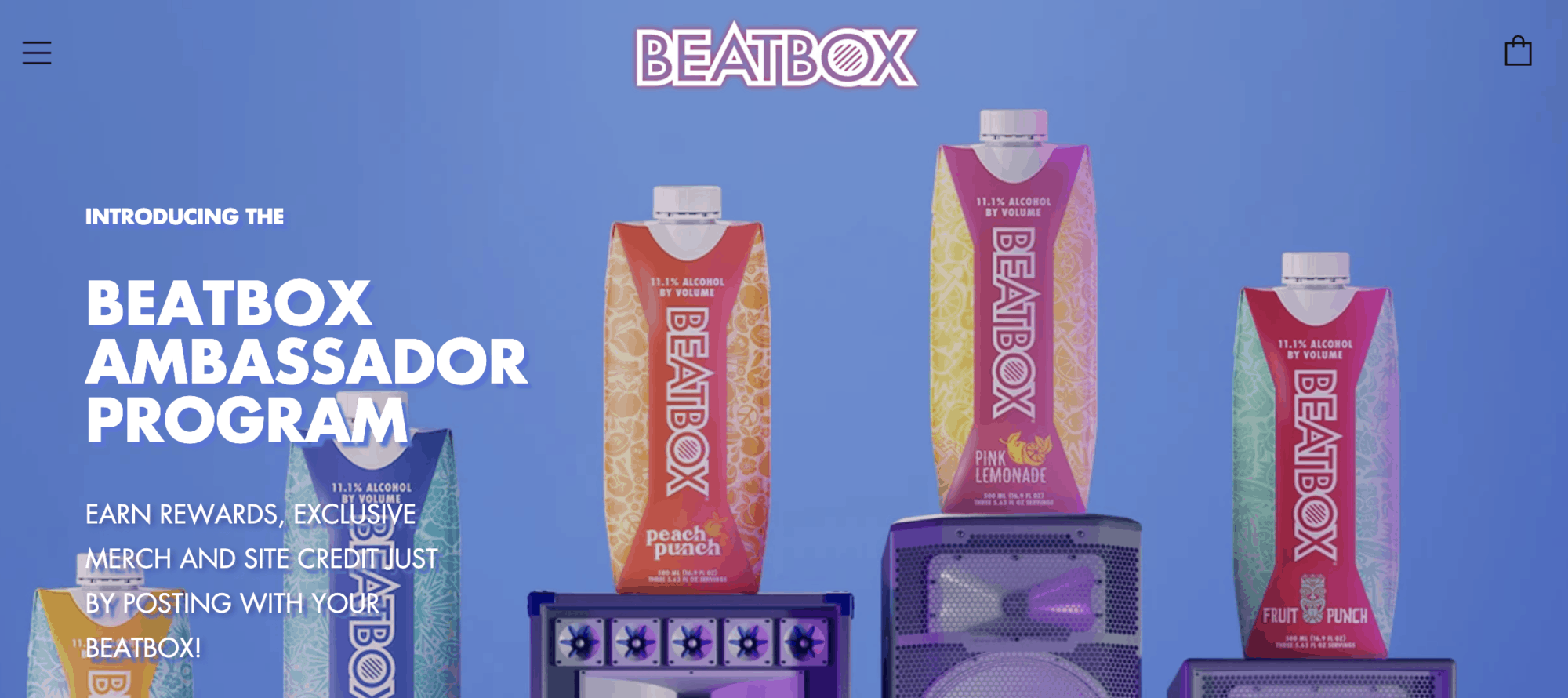
Who is in this Instagram target audeince?
For smaller brands, your ambassador program might contain your 100-500 most valuable social creators. For larger brands, this could increase to 5,000 creators. Typically these creators have engaged with the brand several times in the past (so you know they are authentic, engaged customers), they have at least 1k social followers, and their engagement rate is strong for their follower size (1-10k followers should have 5%, etc).
How do you engage with this segment?
Brand ambassadors have signed up to engage heavily with the brand, so we should expect to get a lot of value out of them. First, we’ll need to create a program structure, and then we can focus on how to engage with individuals.
- Program goals. First, create goals for the program. Usually these goals are focused on social content creation, although they may also have expectations around events (not so much during the pandemic).
- Constant communication. Send your ambassadors frequent opportunities to engage, reminders for goals, and fun ideas for content. We recommend bi-weekly emails.
- Highlight top ambassadors. Show the rest of your ambassadors what you’re looking for. Highlight top ambassadors with email features, Instagram features, and gifts. That will keep your ambassadors focused on creating strong content, not checking the box.
- Positive reinforcement. Keep your relationships with your ambassadors focused on positivity. Remember, these are valuable customers. Reward them when they create great content. Don’t scold them when they don’t.
Summary
While these are just 6 examples of segments for your target Instagram audience, you could create many, many more. Remember to consider who is creating the most value (Superfans, Media, etc), and what tools you have at your disposal to engage people. Also make sure you are maximizing your limited number of features, comments and likes by targeting your most valuable customer segments. You’ll be building a stronger community with the marketing metrics (UGC, followers, engagements) to boot.
About LoudCrowd
We believe that your customers are your brand’s most valuable marketers, and that brands need to achieve Customer Led Growth. Currently, the best (and most engaging way) for brands achieve Customer Led Growth is through User Generated Content (UGC) on social platforms like Instagram. LoudCrowd helps you measure your UGC and create programs to grow it, like any other performance marketing channel. Click here for more information.
About the Author
Gary Garofalo is a marketing focused technologist and the CEO of LoudCrowd. He’s spent his career focused on analytics, strategic consulting, and building technology companies. When he’s not writing about social media, he spends his free time reading, lamenting over the risks of climate change and artificial intelligence, and playing pickleball with the LoudCrowd team.
